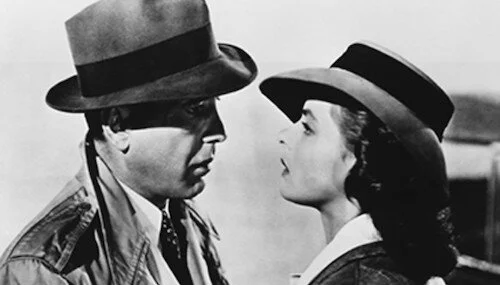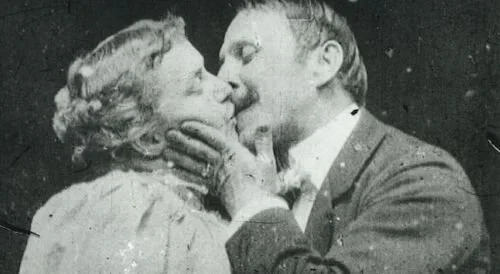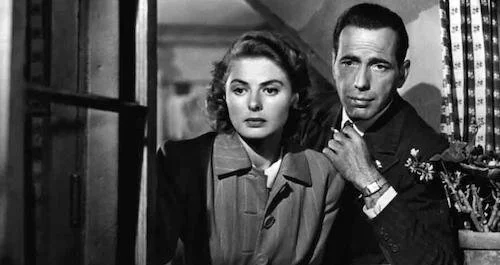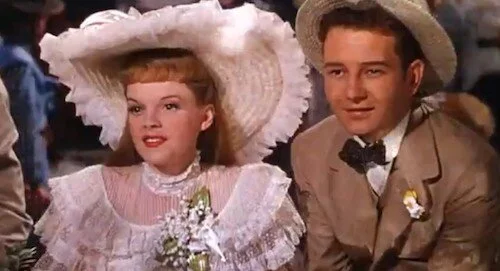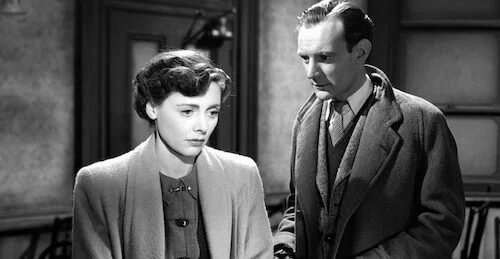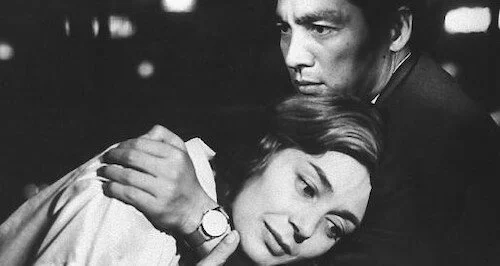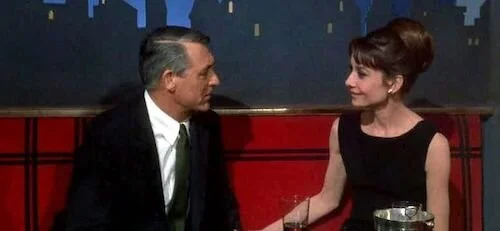A Basic Look at the Evolution of Love in Film: Part I
Valentine’s Day was yesterday, but I gather that most couples will use the weekend to celebrate. I was thinking of piecing together a list of romantic films to watch, but that feels a bit dated, and there are far too many great flicks to pick from So, instead I decided to make a very brief look at how love has changed on screen over the years in cinema. This is not meant to be comprehensive in any detailed way, but rather a glance at some of the many, countless moving factors throughout film history. Also, I’m going to try and not harp on about similar types of films (for instance, Casablanca covers all epic romances, since listing Titanic or anything similar will just reemphasize the same points). Let’s take a brisk run through the many loves in cinema. This will be split into two parts (for Saturday and Sunday).
Here are some of the many ways filmmakers have said “I love you” to the idea of love.
The Kiss (1896)
We have to go all the way back to the start. One of the first images of love shown on screen was a Thomas Edison short simply titled The Kiss. An actual couple share a conversation (without sound, we are obviously left out), the gentleman twirls his moustache, and an iconic kiss is pecked, which rippled throughout film history. It’s important to know that these earliest shorts were meant to take everyday occurrences (by everyday people), and show them on screen (since film was still seen as a novelty). Before film performances were perfected, there was reality.
City Lights (1931)
The silent era allowed film to really work out a lot of its kinks. Camera placement and movement became more dynamic. Sets were more immersive. Performances were adjusted. It isn’t fair to just skim through all of the silent era with just one film, but City Lights truly is (arguably) the greatest romance in cinema. What words could be shared through intertitles was important, even when sound was finally working its way into mainstream films. Charlie Chaplin’s romantic comedy drama was at the tail end of silent cinema, and its blending of knowing the right words to use and a fantastic set up (the iconic tramp falls in love with a blind flower shop girl that cannot judge him by how he looks) render this masterpiece the figurehead of an era.
The Philadelphia Story (1940)
Screwball comedies were well on their way at this point, and the formula was only being perfected. Instead of displacing both the jokes and the love, the two worlds were clashing, and depicting the chaos of falling head over heels for someone in just the right way. There really are too many films to pick from, and The Philadelphia Story is just one of a plethora. However, I went with this, because of the sloppy, tangled love-triangle (or even a love square) that dominates the entire picture. Love isn’t so simple, especially on the basis of chemical and neurological reactions. So, we get screwball films to only make matters more confusing (enjoyably so).
Casablanca (1943)
Every romantic epic leads back to the best of them all: Casablanca. What makes this particular film stand out (aside from when it was released) is the reservation on the actual featured romance. We’re witnessing the after effects of a destroyed relationship, once both parties have moved on, in the wake of a war that has shaken the world. It’s the empty space between Rick and Ilsa that booms the hardest, especially with such a tense backdrop. This is what many romantic epics forget, when they replace anticipation and dread with exploding passion (which ends up becoming a fight-for-attention with the historical setting’s events). Romantic epics will forever be the rage, but none have done it better than Casablanca.
Meet Me in St. Louis (1944)
I’m going to lump an entire genre into one entry. It’s musicals time! How can you only pick one film? Musicals are somewhat of the anti-screwball, which relies on the grey area in conflicting feelings; musicals spell out every single thought, and even makes a lyrical song about these emotions. Instead of going big, I went small. Meet Me in St. Louis is an archetypal romantic musical which has it all: a lead lost in the world (Esther), a man she falls for, and the adjustments she has to make to a surrounding she was finally coming to terms with. So many films can be placed for this entry, but Meet Me in St. Louis was in the heart of a time when these sorts of works were at their prime, and you can’t go wrong with such a straight-forward approach.
Brief Encounter (1945)
This feels like David Lean’s answer to Casablanca, which opened up a whole new take on love: the forbidden kind. This chance event of two strangers tethered to their own personal lives continues to have staying power decades after release, likely because of the toying of expectancies the audience may have. Hey, it’s the 1940s! The audience always gets their way, right? Well, funnily enough, life can have its own agenda, and Brief Encounter perfectly captures the “what if?” thought that many films at the time only pretended to relish in.
Hiroshima mon amour (1959)
Before Hollywood caught on with the New Hollywood movement, the experiments of world cinema was catching on in terrific fashion. I went with Hiroshima mon amour because of the sheer courage a film like this had in the wake of more conventional romantic dramas. This interracial relationship is constructed on the basis of fragmented memories, an intense conversation, and the stringing-together of hope through incongruent cinematic parts. A powerful take on the fluttering thoughts and feelings found in a relationship, especially one that is challenged by an opposing world.
The Apartment (1960)
Long after screwball and romantic comedies were starting to feel past their prime, they needed some sort of a rejuvenation. Part one of this process comes from films like The Apartment: messy takes on love that are well intentioned, but are flawed for many ways. You get a realistic look at the loneliness of a person like Bud, who is profusely taken advantage of by his employers and coworkers. Then there’s Fran, who is treated like an object, and is similarly unable to get out of her predicament. Two lost souls, being mistreated by society, wanting just to get by and succeed. That comes with baggage, and both characters carry that in spades. Now that is compelling romance.
Charade (1963)
The other attempt to break out of the conventions of earlier romantic comedies (or dramas) was to just take a leap off of a cliff and embrace the many facets of cinema. Stanley Donan’s Charade is one of film’s great genre benders, as the hunt for the right man turns into a whodunnit thriller about identity (with all of the jokes and loves in between). You will find many romances try the blurred-genre approach, but none come close to this amalgamation of screwball dialogue, passionate chemistry, and frightening death. That’s life. Love is just a part of the bigger equation; let’s just hope a disaster of this magnitude is never in our own cards.
Woman in the Dunes (1964)
The embrace of arthouse works accounts for more experimental, metaphorical takes on love. On the surface, Woman in the Dunes feels a little dicey when it comes to the centred relationship. However, on a symbolic level, this Japanese New Wave opus becomes a breathtaking depiction of two types of love: love at first sight, and the kind of love that generates over time. Through many offbeat or challenging vignettes, Hiroshi Teshigahara’s poetic take on partnerships is indicative of how expressive love could be on film during this time in world cinema. New Hollywood was just around the corner to finally let mainstream American works have their say, but the films of other nations was leagues ahead at this time.
Join us tomorrow for more turning points in film history surrounding how love was depicted on screen!
Andreas Babiolakis has a Masters degree in Film and Photography Preservation and Collections Management from Ryerson University, as well as a Bachelors degree in Cinema Studies from York University. His favourite times of year are the Criterion Collection flash sales and the annual Toronto International Film Festival.

